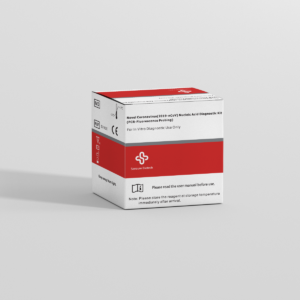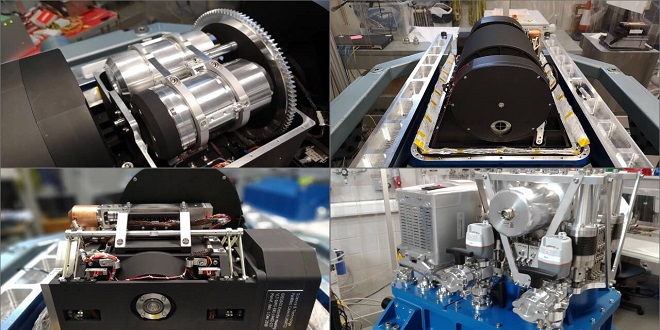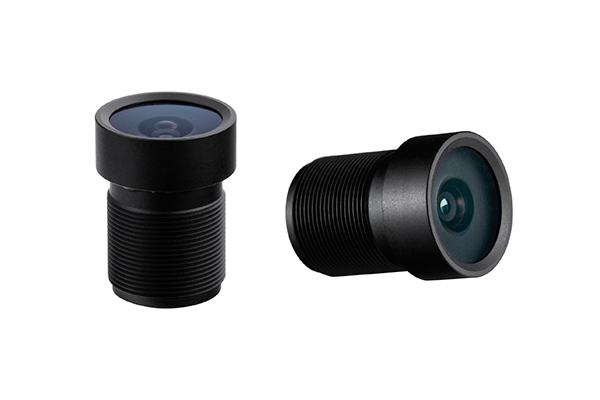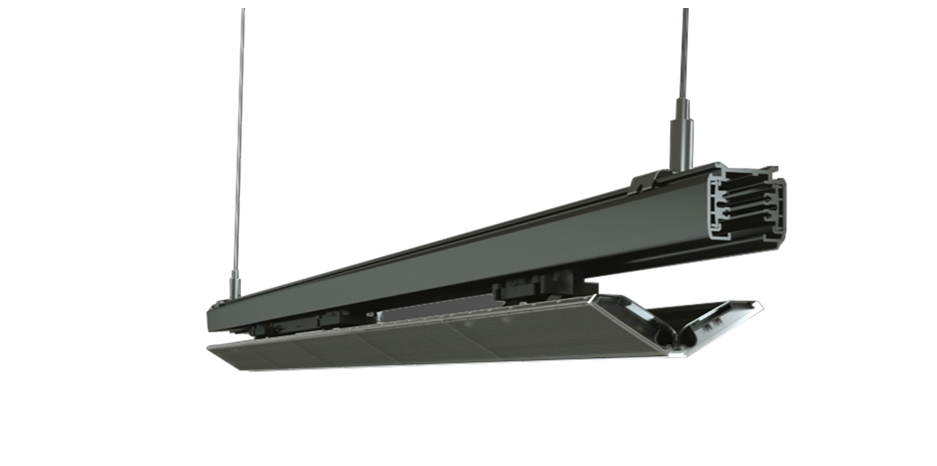What is a Real-Time PCR System, and How Does It Work

What is a Real-Time PCR System? That’s a good question! In this article, we will explore what it is and how it works. This blog talks about the benefits of using real-time PCR systems in your lab.

What is a Real-Time PCR System?
A real-time PCR system is a device that helps scientists speed up the process of analyzing genetic material. This is done by using a series of probes that have been specifically designed to identify specific sequences of DNA. The machine then uses a computer to analyze these sequences as they’re being created, which allows for more rapid and accurate results.
A real-time PCR system is a type of PCR machine that allows researchers to view the amplification process in real-time. This can help identify and solve problems with the amplification process. By viewing the amplification process in real-time, researchers can also determine when they are missing DNA sequences or sequences that are too short to generate a good result.
The Importance of a Real-Time PCR System
A real-time PCR system is important for laboratories that perform genomic and epigenomic analysis. This system allows investigators to detect and quantify the expression of specific genes or methylation marks in minutes rather than hours or days.
Real-time PCR systems use a probe sequence that hybridizes to the target gene or DNA methylation mark. The probes are then hybridized into PCR tubes, which contain the amplification mixture. As the probe molecules spend longer in contact with the amplification mixture, they become more likely to be amplified. The signal generated from these amplified probes is then monitored using a detection system.
Real-time PCR has several advantages over other methods for detecting gene expression or DNA methylation. First, it is fast and efficient; it can routinely produce reliable results within minutes. Second, real-time PCR is less expensive than traditional methods, making it a good choice for small labs with limited resources. Finally, real-time PCR can be used with other technologies to improve the accuracy of results.
Conclusion
A real-time PCR system is an important tool in the laboratory that allows scientists to rapidly and accurately make DNA or RNA measurements. However, there are many advantages to using a real-time PCR system, including the ability to detect smaller amounts of material, the ability to determine the location of specific genes or sequences, and the potential to use multiple samples at once for analysis.





